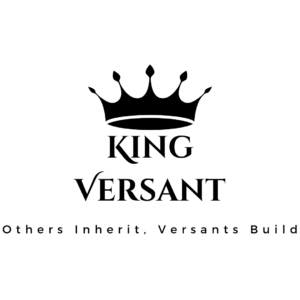Summary: Adjusting Imports of Steel into the United States
Key Points:
- President Trump issued a proclamation adjusting steel imports into the U.S. under Section 232 of the Trade Expansion Act of 1962.
- A 25% ad valorem tariff on steel imports was initially imposed in 2018 due to national security concerns.
- Tariff exemptions and alternative agreements with countries like Canada, Mexico, South Korea, and the EU led to increased steel imports from these regions.
- Global steel overcapacity, especially from China, continues to distort markets, leading to U.S. market share losses.
- Steel imports from Canada and Mexico rose significantly, threatening U.S. industry competitiveness.
- The proclamation revokes past exemptions and reinstates the 25% tariff on steel imports from previously exempt countries, effective March 12, 2025.
- Importers must provide detailed data to U.S. Customs on steel content origin.
- The product exclusion process, which allowed certain steel imports duty-free, is terminated.
- U.S. Customs and Border Protection will impose strict enforcement and penalties for misclassification and evasion.
Pros and Cons for U.S. Citizens:
Pros:
✅ Protects U.S. steel industry and domestic jobs.
✅ Reduces reliance on foreign steel, bolstering national security.
✅ Encourages investment in domestic steel production.
✅ Limits foreign steel dumping that undermines American producers.
✅ Strengthens enforcement against tariff evasion and misclassification.
Cons:
❌ Higher prices for steel-based products (cars, appliances, construction materials).
❌ Potential retaliatory tariffs from affected countries, impacting other U.S. exports.
❌ Increased costs for U.S. manufacturers relying on imported steel.
❌ Strained trade relations with allies like Canada, Mexico, and the EU.
❌ Possible disruptions in supply chains and project delays.
Pros and Cons for Global Stakeholders:
Pros:
✅ Encourages fair trade by limiting market distortions from government-subsidized steel.
✅ Reduces over-reliance on Chinese steel production.
✅ Could push global steel producers to adopt fairer pricing models.
✅ May incentivize investment in alternative markets outside the U.S.
Cons:
❌ Major financial losses for steel-exporting countries (Canada, Mexico, EU, Japan, etc.).
❌ Disruptions in global supply chains for steel-based industries.
❌ Increased global trade tensions and potential for retaliatory tariffs.
❌ Risk of excess steel flooding markets outside the U.S., causing price instability.
Factual Narrative:
The White House has announced a significant shift in U.S. trade policy by reinstating broad tariffs on imported steel. Initially imposed in 2018 to protect national security, these tariffs were later adjusted through alternative agreements with trading partners. However, these agreements failed to curb rising steel imports, leading the administration to revoke exemptions and impose a uniform 25% tariff starting March 12, 2025.
The policy aims to revitalize the domestic steel industry, curb unfair trade practices, and reduce reliance on foreign steel—particularly from China, whose global overcapacity distorts markets. While beneficial for American steel producers, the move risks higher costs for manufacturers and potential trade retaliation from affected countries.
By tightening regulations and removing loopholes in steel imports, the U.S. aims to maintain fair competition and strengthen national security. However, this decision could escalate global trade tensions, affecting international relations and supply chains.
